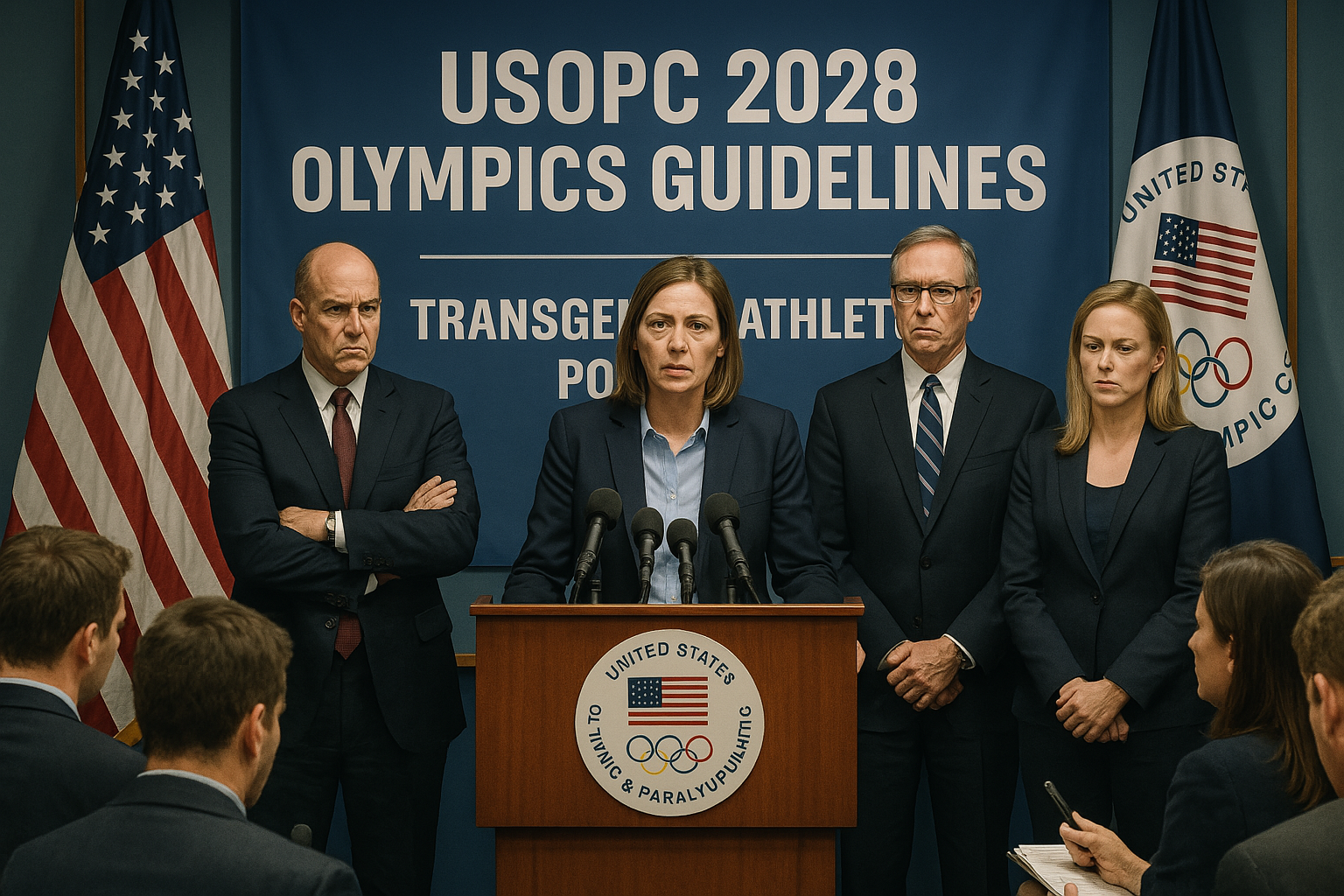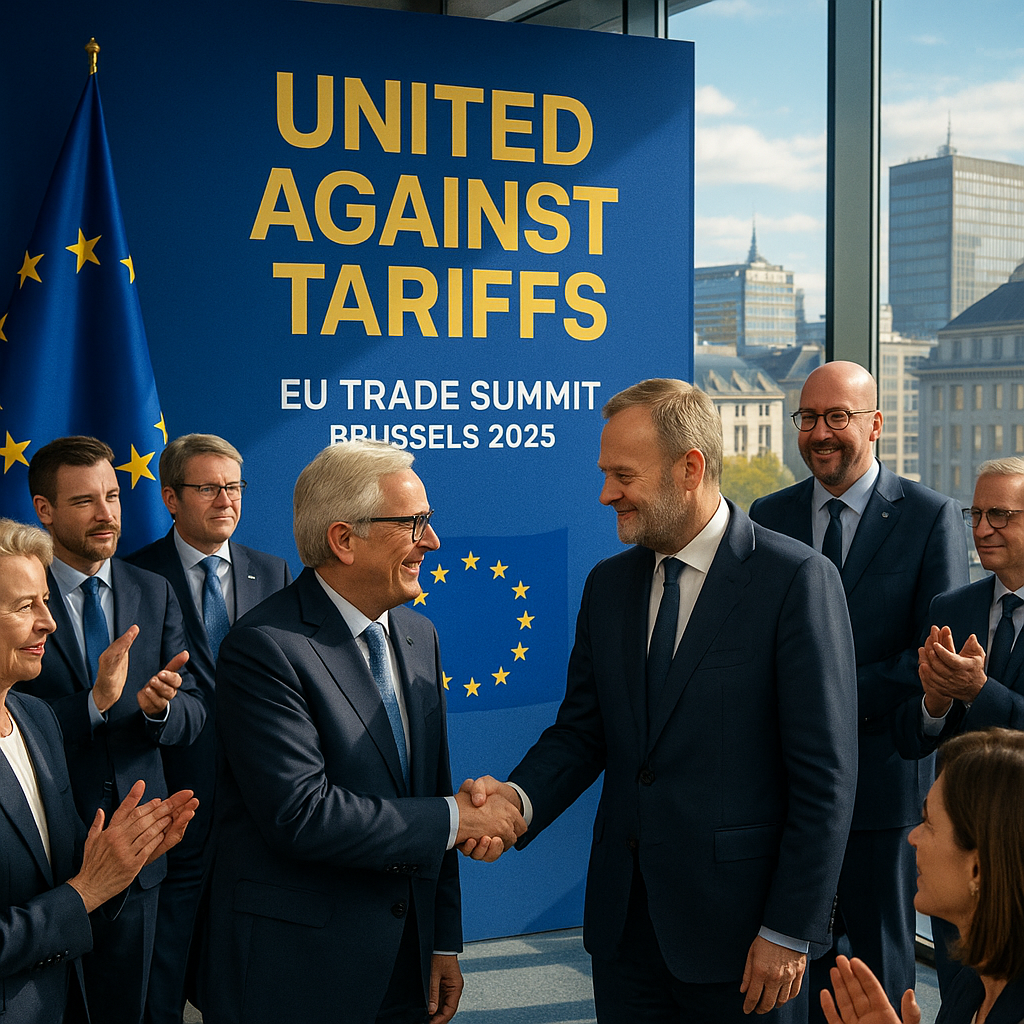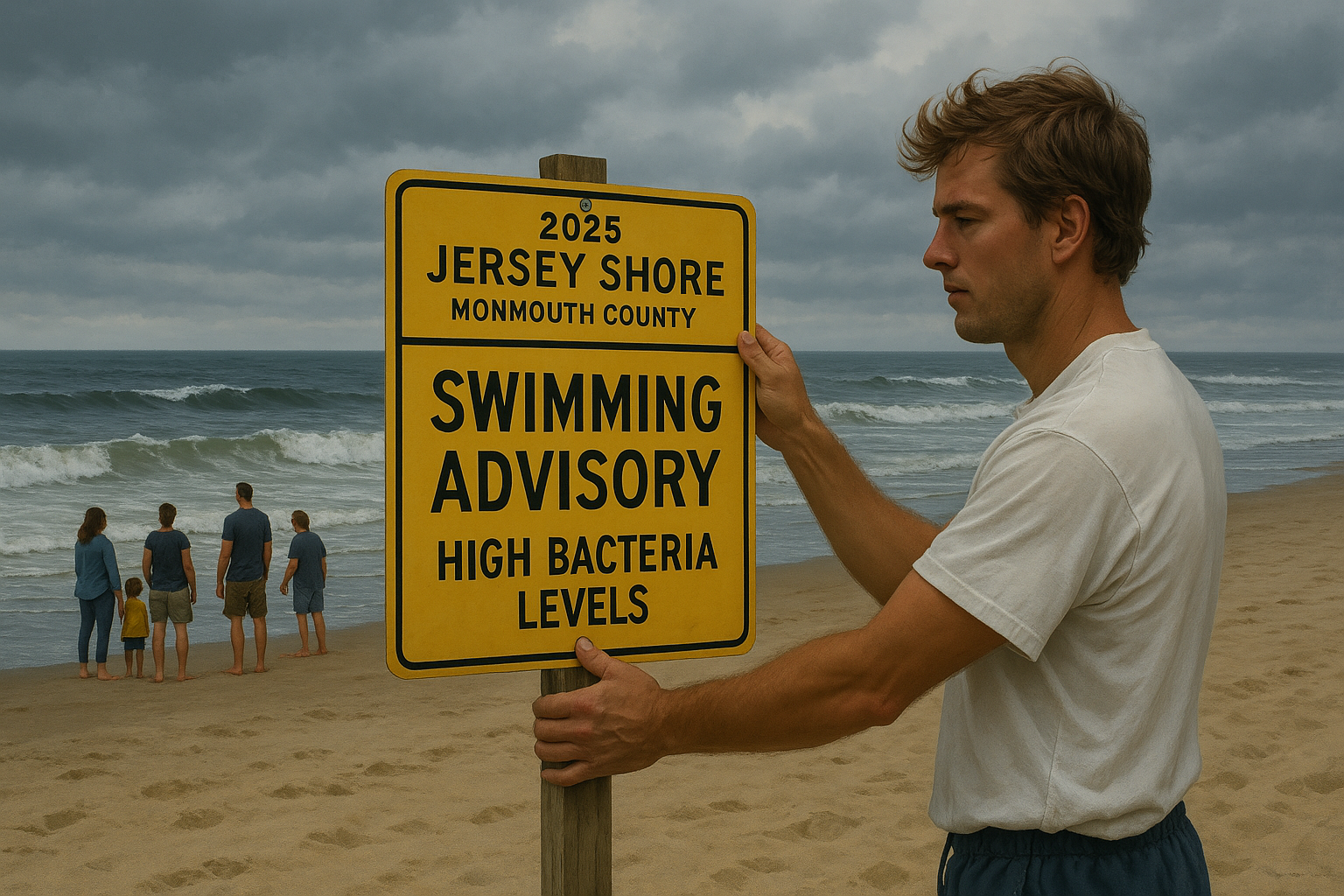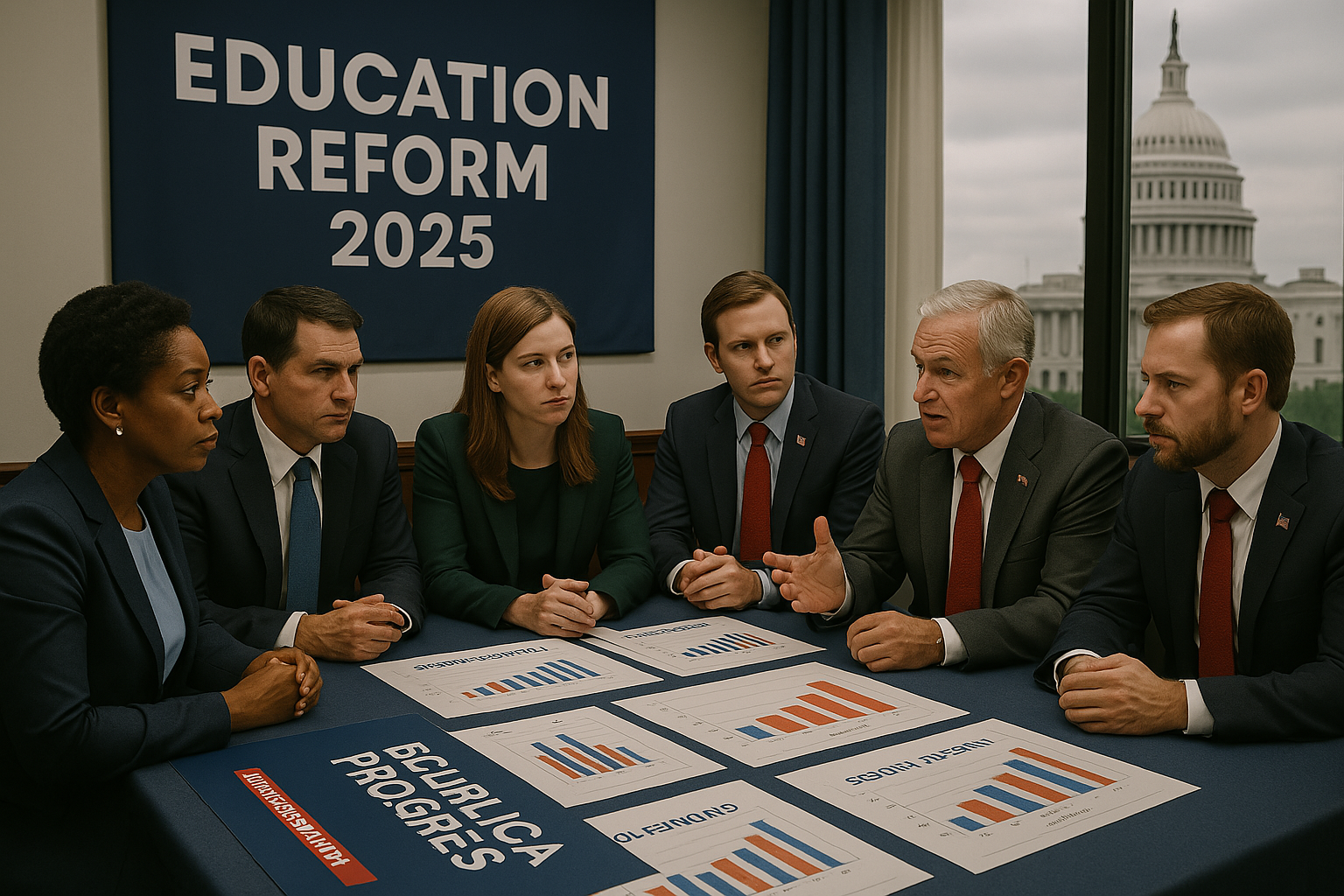Trump’s Executive Order on Transgender Athletes: Impact on U.S. Olympics and Beyond

On July 21, 2025, the U.S. Olympic and Paralympic Committee (USOPC) updated its eligibility guidelines to align with President Donald Trump’s Executive Order 14201, effectively barring transgender women from competing in women’s Olympic and Paralympic events. This policy shift, rooted in Trump’s broader campaign to restrict transgender participation in sports, has sparked intense debate across the United States and internationally. This article explores the details of the executive order, its implications for the 2028 Los Angeles Olympics, reactions from various stakeholders, and the broader societal context surrounding transgender athletes in sports.
Background of the Executive Order
Signed on February 5, 2025, during National Girls and Women in Sports Day, Executive Order 14201, titled “Keeping Men Out of Women’s Sports,” aims to prohibit transgender women from participating in female sports categories at all levels, from youth to professional competitions. The order reinterprets Title IX, a 1972 federal law prohibiting sex-based discrimination in education programs receiving federal funding, to define “sex” strictly as the gender assigned at birth. It directs the Department of Education to investigate non-compliant schools and threatens to withhold federal funding from institutions allowing transgender women to compete in women’s sports. Additionally, the order instructs the Department of State to pressure the International Olympic Committee (IOC) to align its policies with this stance and mandates the Department of Homeland Security to review visa policies to prevent transgender women from entering the U.S. to compete as female athletes, particularly for the 2028 Los Angeles Olympics.
The USOPC’s updated guidelines, announced on July 21, 2025, reflect compliance with this executive order. The policy, tucked under the “USOPC Athlete Safety Policy” on the organization’s website, states that the committee will collaborate with the IOC, International Paralympic Committee (IPC), and national governing bodies (NGBs) to ensure “a fair and safe competition environment” consistent with the executive order and the Ted Stevens Olympic & Amateur Sports Act. The USOPC’s decision effectively centralizes eligibility rules, removing authority from individual sports’ governing bodies.
Details of the Policy Change
The USOPC’s new rules explicitly bar transgender women from competing in women’s categories, requiring them to participate in men’s events. Nonbinary athletes, transgender men, and intersex athletes are also restricted to the men’s category. This policy shift follows the lead of organizations like USA Fencing, which implemented similar rules effective August 1, 2025, after a high-profile incident where a female fencer refused to compete against a transgender opponent, sparking national attention and a congressional hearing.
The executive order also has international implications. It directs Secretary of State Marco Rubio to push the IOC to revise its standards to prioritize “sex” over “gender identity or testosterone reduction” for eligibility in women’s events. President Trump has emphasized that the U.S. will use “all of our authority and our ability” to enforce this policy during the 2028 Los Angeles Olympics, including denying visas to transgender women attempting to compete as female athletes.
Stakeholder Reactions
Supporters
Proponents of the executive order, including President Trump and several Republican lawmakers, argue that it restores fairness and safety in women’s sports. They cite biological differences, such as higher muscle mass and bone density in individuals who underwent male puberty, as providing an unfair competitive advantage. Republican Representative Nancy Mace stated, “For too long, the Left has sacrificed women’s rights on the altar of woke politics. Women’s sports exist for a reason—because biological differences matter.” Similarly, former collegiate swimmer Riley Gaines, who was present at the signing ceremony, has been a vocal advocate for the policy, emphasizing the need to protect female athletes. Social media posts from supporters, such as New Hampshire State Representative Lisa Mazur and commentator Clay Travis, celebrated the USOPC’s decision as a “big win for sanity.”
The National Collegiate Athletic Association (NCAA) also welcomed the executive order for providing a “unified national framework” amid conflicting state laws. The NCAA announced it would align its policies, previously based on sport-specific testosterone limits, with the new federal directive.
Critics
LGBTQ advocates and transgender athletes have condemned the policy as discriminatory and harmful. Transgender U.S. Olympic athlete Chris Mosier, the first to compete internationally in their identified gender, called the order a “weaponization of Title IX” that alienates transgender individuals from sports. Mosier argued that the policy ignores the low number of transgender athletes—fewer than 10 among 530,000 NCAA athletes, according to NCAA President Charlie Baker—and their lack of disproportionate success.
Organizations like GLAAD and the National Women’s Law Center have criticized the order for smearing transgender individuals and undermining inclusivity. GLAAD stated, “This administration’s latest inaccurate and incoherent piece of paper smears an entire group of Americans but does not change the law or the facts.” Critics also point to studies, such as a 2024 IOC-commissioned report, showing that transgender women may have reduced muscle mass and aerobic capacity after hormone therapy, potentially offsetting any competitive advantage. Transgender sports scientist Joanna Harper noted that while transgender women may retain some physical advantages, they also face disadvantages due to larger frames powered by reduced capabilities.
Legal challenges are anticipated, with courts in states like California and Minnesota already resisting similar policies. For instance, a federal judge in Maine issued a temporary injunction in April 2025 to prevent the Trump administration from cutting school lunch funding over the state’s refusal to ban transgender students from girls’ sports. California, which has allowed transgender athletes to compete based on gender identity since 2013, formally rejected federal demands to change its policies in July 2025, setting the stage for further legal battles.
Societal Context and Public Opinion
The debate over transgender athletes is a flashpoint in the U.S. culture wars, amplified during the 2024 presidential campaign. Trump made barring transgender women from women’s sports a central promise, often framing it as protecting female athletes from “men beating and battering” them. A 2023 Gallup poll found that 69% of Americans believe transgender athletes should compete based on their sex assigned at birth, reflecting significant public support for such restrictions. However, acceptance of LGBTQ+ rights has generally increased over the past two decades, creating a complex landscape where public opinion on transgender sports participation remains divided.
The issue has also drawn attention to the low prevalence of transgender athletes. NCAA data indicates fewer than 10 transgender athletes compete among half a million college athletes, yet high-profile cases, such as swimmer Lia Thomas and a California high school track athlete, have fueled intense scrutiny. Critics argue that the focus on transgender athletes exaggerates their impact, while supporters contend that even a small number can disrupt fairness in women’s sports.
Implications for the 2028 Olympics
The 2028 Los Angeles Olympics, set for July 14–30, will be the first major test of the USOPC’s new policy. The IOC currently allows individual sports federations to set eligibility criteria, with at least 10 sports, including swimming and boxing, already restricting transgender women who transitioned after puberty. The IOC’s new president, Kirsty Coventry, has pledged to protect women’s sports, potentially aligning with Trump’s push for stricter rules. However, the IOC has emphasized inclusivity in its framework, recognizing the need for harassment-free environments for all athletes, regardless of gender identity.
The visa restrictions outlined in the executive order could complicate international participation, particularly for transgender women seeking to compete in U.S.-hosted events. The policy’s enforcement remains unclear, especially in states like California, where local laws support transgender inclusion in sports. Some sports may introduce “open” or mixed-gender categories to accommodate the changes, but the feasibility and acceptance of such categories are uncertain.
Broader Impact on Transgender Rights
The executive order is part of a broader Trump administration agenda targeting transgender rights, including bans on military service, gender-affirming care for minors, and gender markers on passports matching gender identity. These policies have drawn backlash for increasing risks to transgender individuals, who are statistically more likely to be victims of violence than cisgender individuals. Advocates argue that excluding transgender athletes from sports not only limits their opportunities but also perpetuates stigma and discrimination.
Conclusion
President Trump’s Executive Order 14201 and the USOPC’s subsequent policy change mark a significant shift in the landscape of U.S. sports, particularly for the 2028 Los Angeles Olympics. While supporters view the policy as a victory for fairness in women’s sports, critics argue it discriminates against a marginalized group and ignores scientific evidence on transgender athletic performance. The policy’s implementation will likely face legal challenges and societal debate, reflecting broader tensions over gender, fairness, and inclusion in sports. As the 2028 Olympics approach, the balance between competitive equity and inclusivity will remain a contentious issue, with global implications for how transgender athletes are treated in international competitions.









